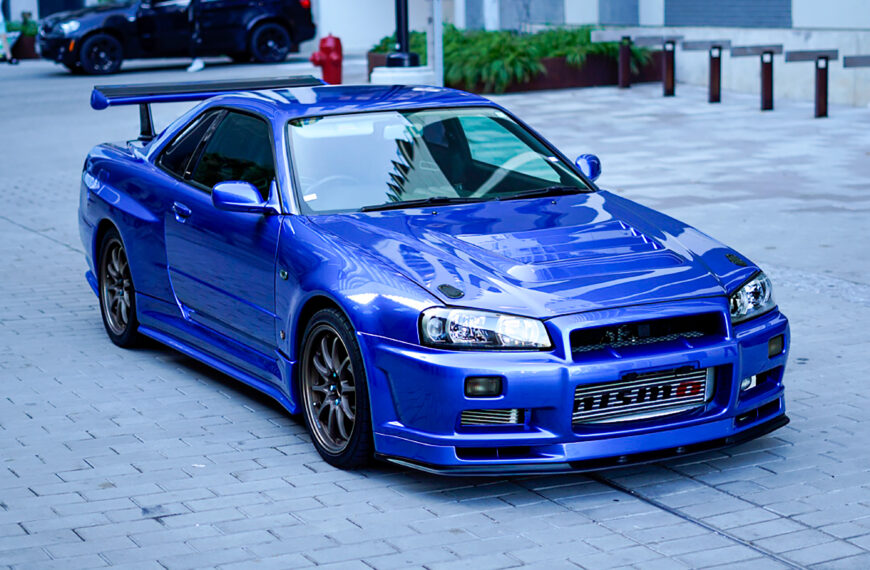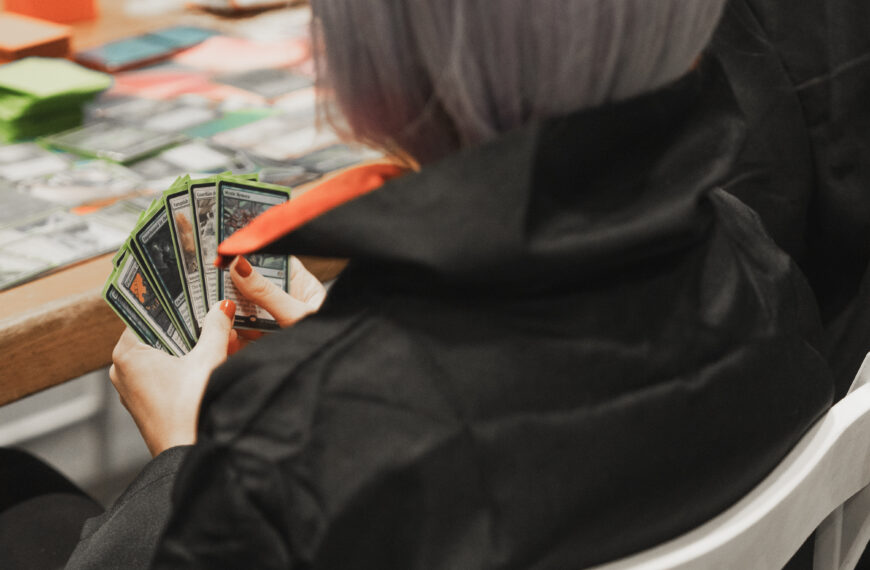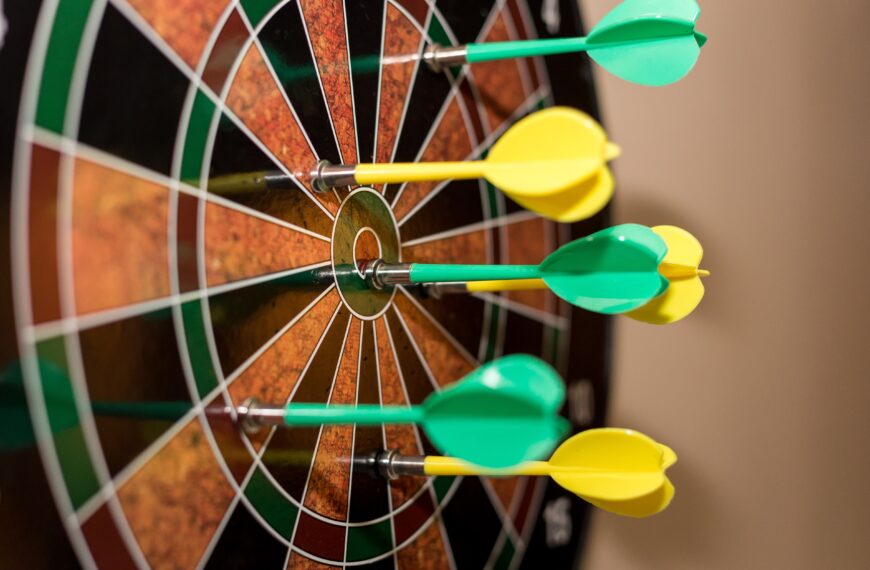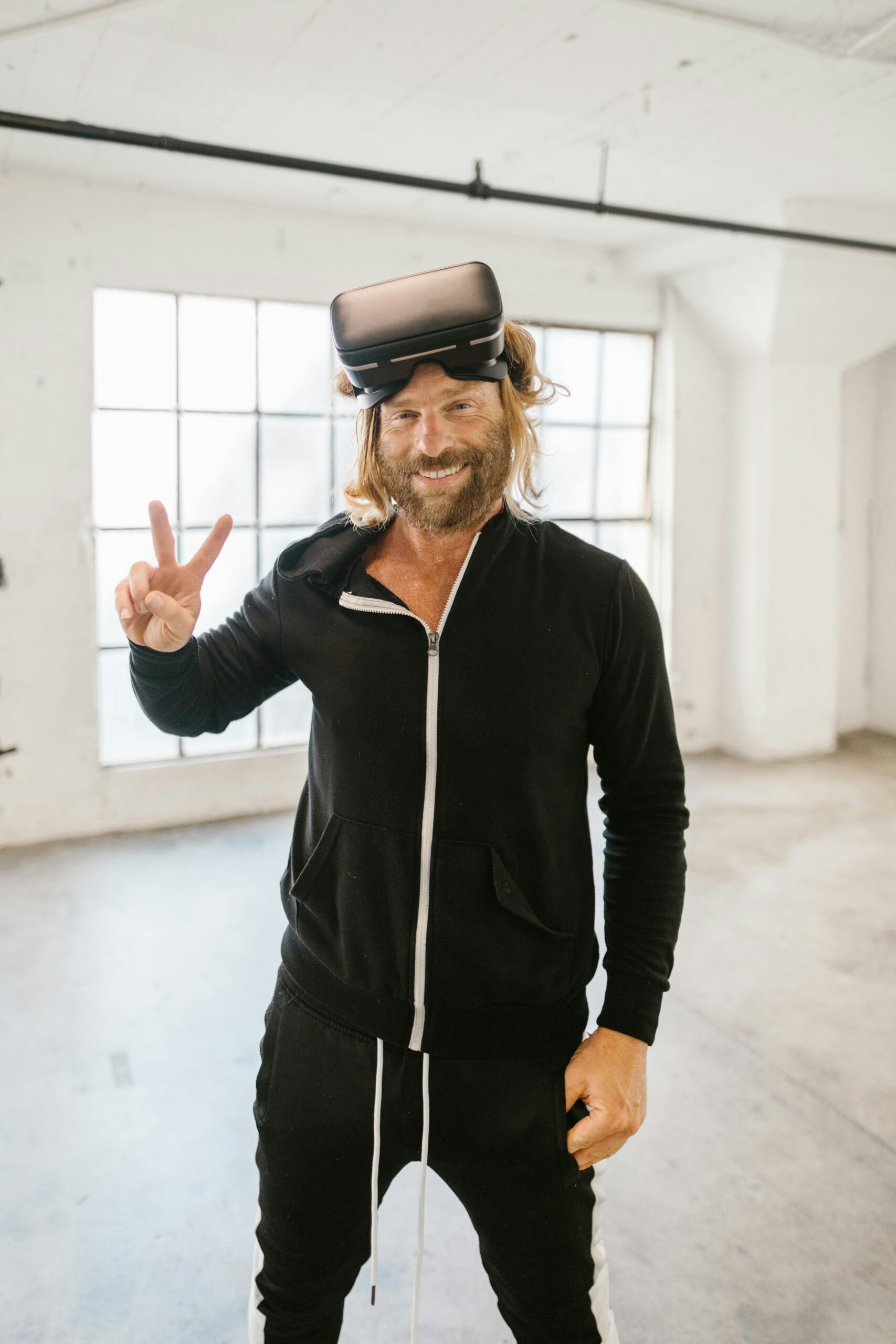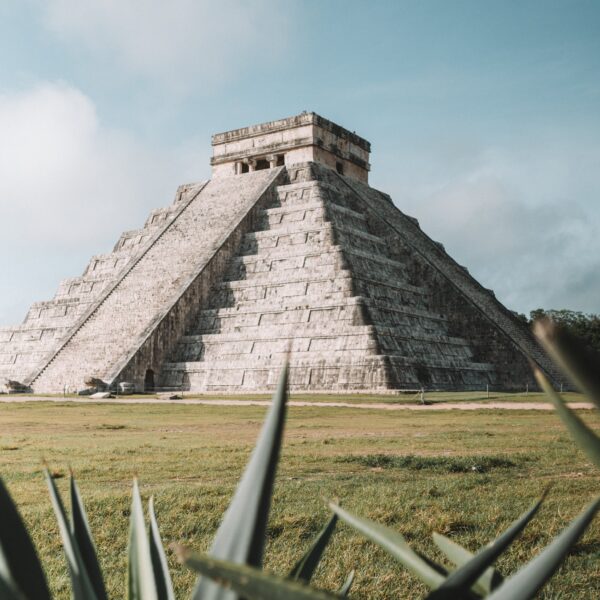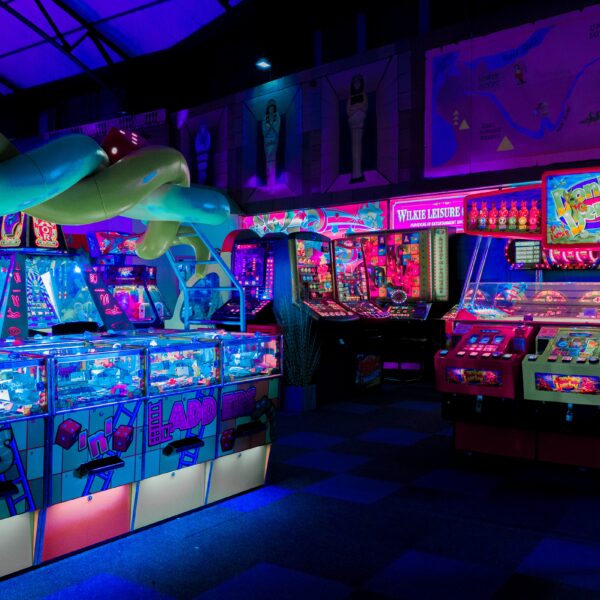The controversy surrounding the use of AI art in the popular board game Terraforming Mars has sparked heated debates among fans and industry competitors. The team behind the game’s expansions recently announced their decision to incorporate AI-generated content in the development process, causing a backlash among some fans and concerns about the impact on traditional artists. The use of AI art raises questions about the future of the industry, with some worrying about the potential loss of livelihoods for professional artists and accusations that original artists’ work is being exploited without their consent. However, proponents of AI art argue that it can speed up development and open up new possibilities for smaller companies. As the discussion continues, it remains to be seen how the controversy will unfold and whether compromises can be reached.

1. What is the Terraforming Mars controversy?
The Terraforming Mars controversy revolves around the use of AI art in the popular board game of the same name. The team behind the game’s expansions announced that they would be incorporating AI-generated content into the project, which has sparked criticism and concern from fans and industry competitors alike. The controversy centers around the potential impact of AI art on traditional artists and the ethical implications of using AI-generated content without proper accreditation or compensation.
2. Why are people upset about AI art in Terraforming Mars?
People are upset about the use of AI art in Terraforming Mars for several reasons. First, there are concerns that the use of AI-generated content will lead to professionals in the art industry losing their livelihoods. If companies can rely on AI to create artwork, they may choose to forgo hiring traditional artists, resulting in job losses for those in the industry.
Additionally, there are concerns about the original artists whose work is used as a basis for AI-generated illustrations. AI art utilizes existing artwork from a database to create new illustrations, often without crediting or compensating the original artists. This raises ethical questions about the ownership and appropriation of artistic creations.
The continued use of AI art despite the project’s success also draws criticism. Some argue that the developers have sufficient resources to hire artists for illustrations, rather than relying on AI-generated content. This raises questions about prioritizing cost-cutting measures over supporting artists and the quality of the final product.

3. Concerns about professionals losing their livelihoods
One of the main concerns surrounding AI art in Terraforming Mars is the potential impact on professionals in the art industry. With the advent of AI-generated content, there is a fear that companies will choose to replace traditional artists with AI, resulting in job losses and a devaluation of artistic skills. This could have far-reaching consequences for artists who rely on their craft for their livelihoods.
It is important to consider the role of human creativity and artistic expression in the production of artwork. AI art may offer convenience and cost-effectiveness, but it cannot replicate the unique perspectives, emotions, and individuality that human artists bring to their work. Supporting and valuing the work of professional artists is crucial to maintaining the integrity and diversity of the art industry.
4. AI art stealing and Frankensteining original illustrations
The controversy surrounding AI art in Terraforming Mars also raises concerns about the potential theft and manipulation of original illustrations. AI art works by using an existing database of artwork to create new pieces, often without crediting or compensating the original artists. This raises ethical questions about the ownership and intellectual property rights of the original creators.
By relying on AI-generated content, there is a risk of devaluing the artistic contributions of original artists. Their work may be repurposed or altered without their consent, leading to a loss of control over their creations. This raises questions about the ethical use of AI in the art industry and the responsibility of game developers to ensure proper accreditation and compensation for the original artists.

5. Players and companies raising concerns
Players and companies, such as Coyote and Crow, have raised concerns about the use of AI art in Terraforming Mars. These concerns include the potential impact on traditional artists, the ethical ramifications of using AI-generated content without proper accreditation, and the perceived prioritization of cost-cutting measures over quality and support for artists.
The input of players and companies is vital in shaping the future of AI art in the gaming industry. By expressing their concerns and raising awareness, they can encourage dialogue and push for ethical practices. It is important for developers to listen to these concerns and consider the impact of their choices on the wider art community.
6. Benefits and pitfalls of AI art
While there are concerns about the use of AI art in Terraforming Mars, there are also potential benefits and pitfalls to consider. AI art can speed up development, allowing fans to access projects sooner. It can also provide opportunities for small companies to enter previously unprofitable spaces, enabling greater diversity and innovation in the industry.
However, the pitfalls of AI art must also be acknowledged. It can lead to job losses and the devaluation of traditional artistic skills. The ethical implications of using AI-generated content without proper accreditation or compensation raise questions about the industry’s responsibility to support and value artists.
It is essential to strike a balance between leveraging the benefits of AI art while also respecting and supporting the work of traditional artists. This may involve developing ethical guidelines, ensuring proper accreditation and compensation, and fostering collaborations between AI and human artists.
7. Speeding up development and earlier release
One of the potential advantages of using AI art in Terraforming Mars is the ability to speed up development and release projects earlier. AI-generated content can be produced quickly and efficiently, allowing developers to meet tight deadlines and satisfy the demand of eager fans.
By leveraging AI technology, game developers can reduce the time and resources required for manual artwork creation. This can result in shorter development cycles, which means players can enjoy new expansions and updates sooner.
However, it is important to strike a balance between speed and quality. While AI-generated content may expedite the development process, it should not compromise the overall experience or artistic integrity of the game. Developers must carefully consider the impact of using AI art on the final product and ensure that it meets the expectations of players.
8. AI art allowing small companies to enter unprofitable spaces
Another potential benefit of AI art in Terraforming Mars is that it can allow small companies to enter previously unprofitable spaces. AI-generated content can provide an affordable alternative to hiring traditional artists, making it more accessible for smaller companies with limited resources.
By leveraging AI technology, small companies can create high-quality artwork without the need for extensive budgets or specialized artist talent. This can level the playing field and enable greater competition and innovation in the industry.
However, it is important to consider the potential impact on traditional artists and the broader art community. While AI art may offer cost-effective solutions for small companies, it should not come at the expense of devaluing the work of professional artists. Finding a balance that supports both AI-generated content and traditional artistic practices is crucial for maintaining a vibrant and diverse art industry.
9. Compensating artists and potential solutions
The issue of compensating artists in the context of AI art is a complex and multifaceted problem. While AI-generated content offers convenience and cost-effectiveness, it also raises ethical concerns regarding the ownership and appropriation of artistic creations.
To address these concerns, potential solutions may include developing ethical guidelines and industry standards for the use of AI art. These guidelines could outline the proper accreditation and compensation of original artists whose work is used as a basis for AI-generated content. Collaboration between AI and human artists could also be encouraged, promoting the value of both artistic approaches.
It is important for game developers and industry stakeholders to prioritize the ethical use of AI art and ensure that artists are properly credited and compensated for their contributions. By fostering a collaborative and supportive environment, it is possible to strike a balance between leveraging the benefits of AI art and preserving the integrity of traditional artistic practices.
10. The ongoing debate and future developments
The controversy surrounding AI art in Terraforming Mars represents an ongoing debate within the gaming and art communities. As technology continues to advance and AI art becomes more prevalent, it is essential to address the concerns and ethical implications associated with its use.
The future of AI art in the industry will likely depend on open dialogue and collaboration between developers, artists, players, and industry stakeholders. By listening to the concerns of the community and considering the impact of AI art on the wider art industry, it is possible to find solutions that support both technological advancements and traditional artistic practices.
The ongoing debate surrounding AI art in Terraforming Mars serves as a reminder of the need for ethical practices, transparency, and support for artists. As the industry continues to evolve, it is essential to find a balance that embraces innovation while valuing the contributions of traditional artists, ultimately ensuring a vibrant and diverse art community.


